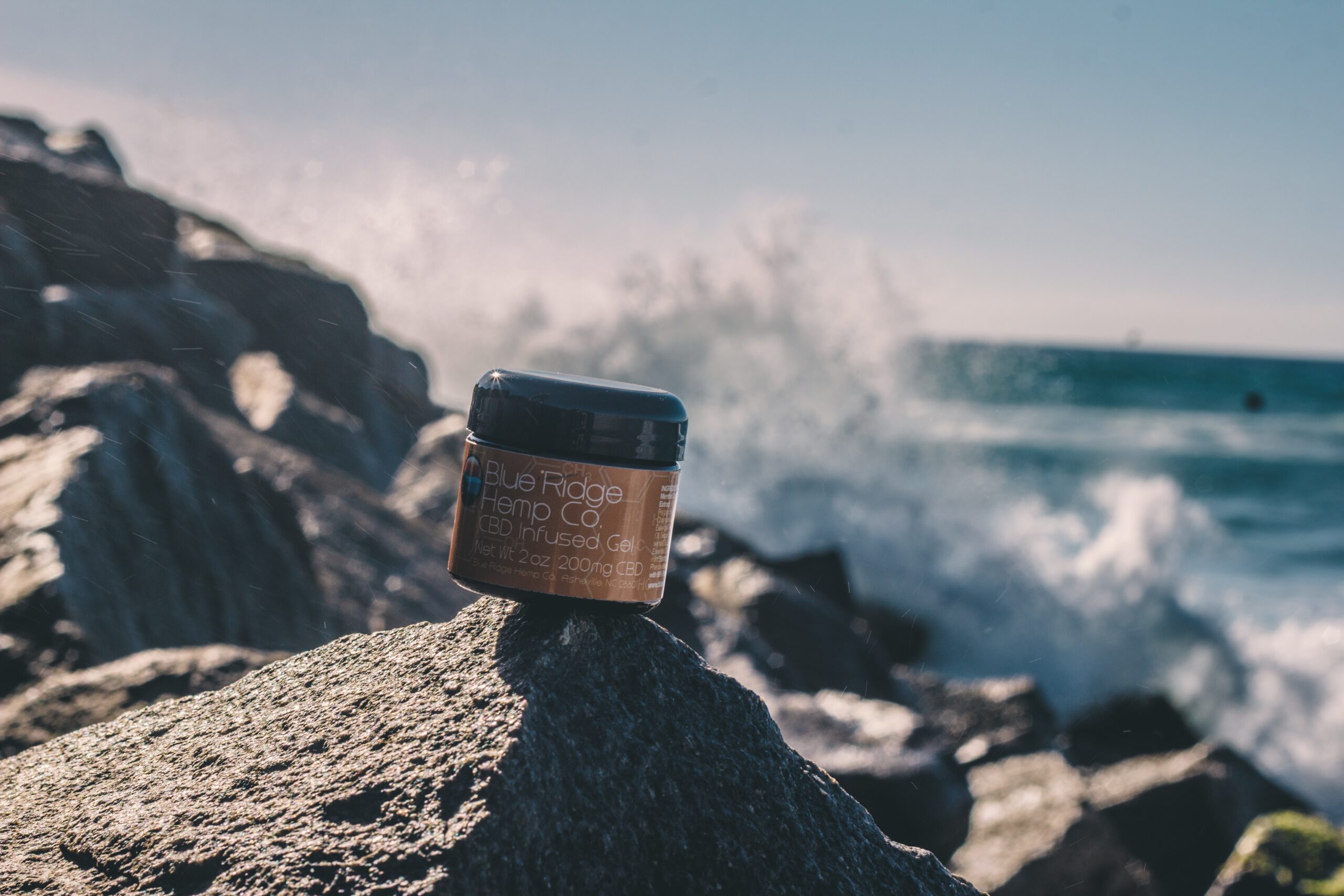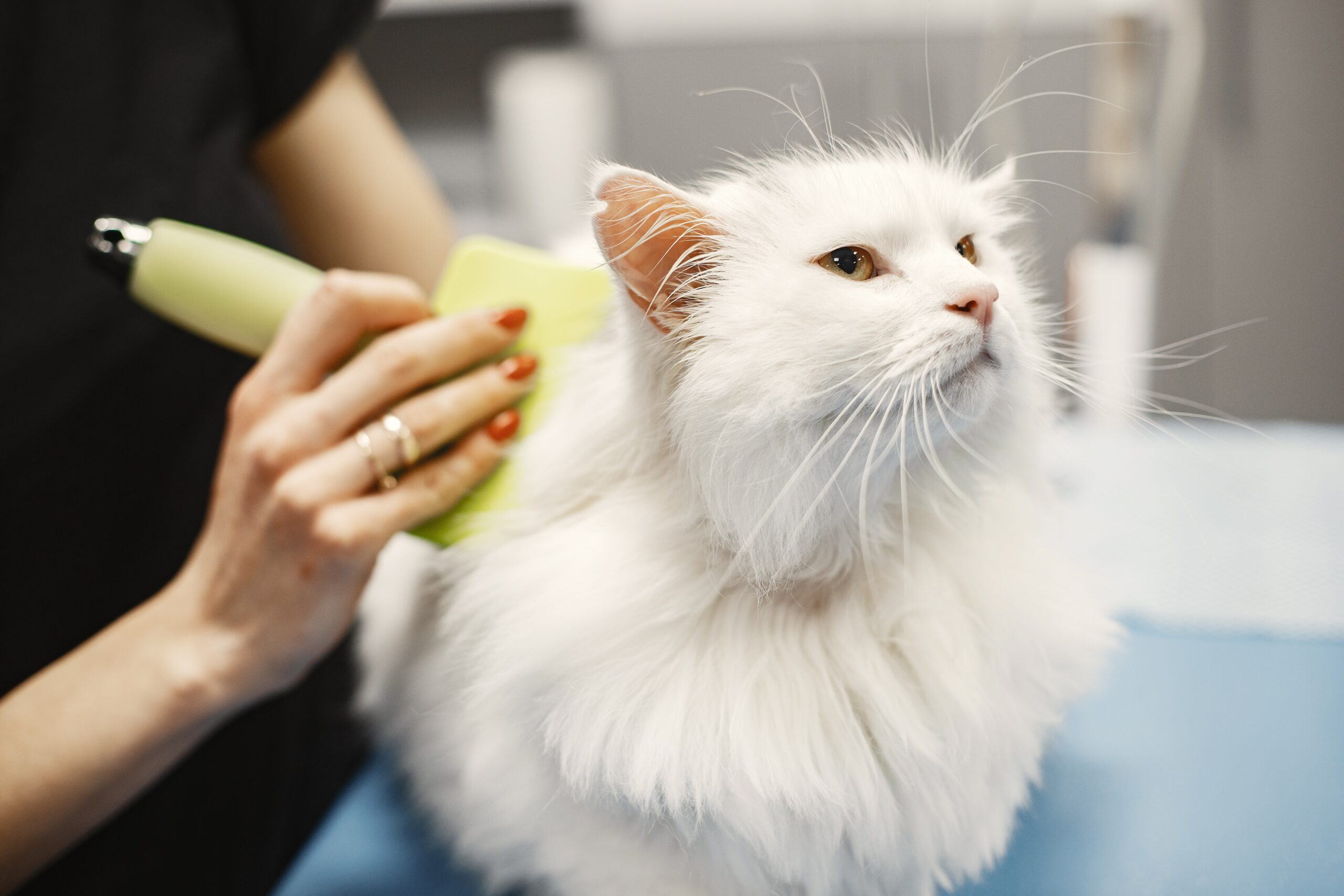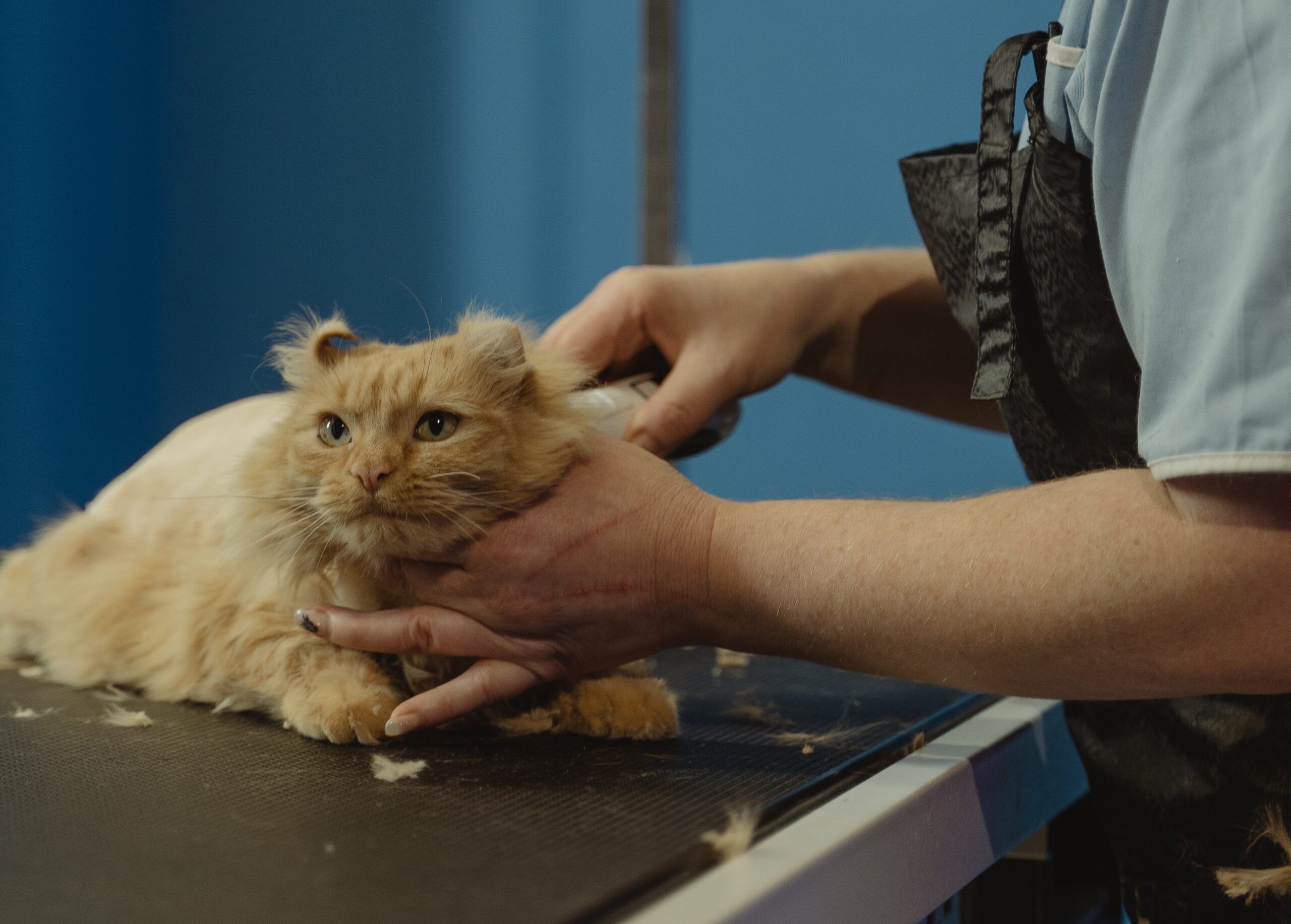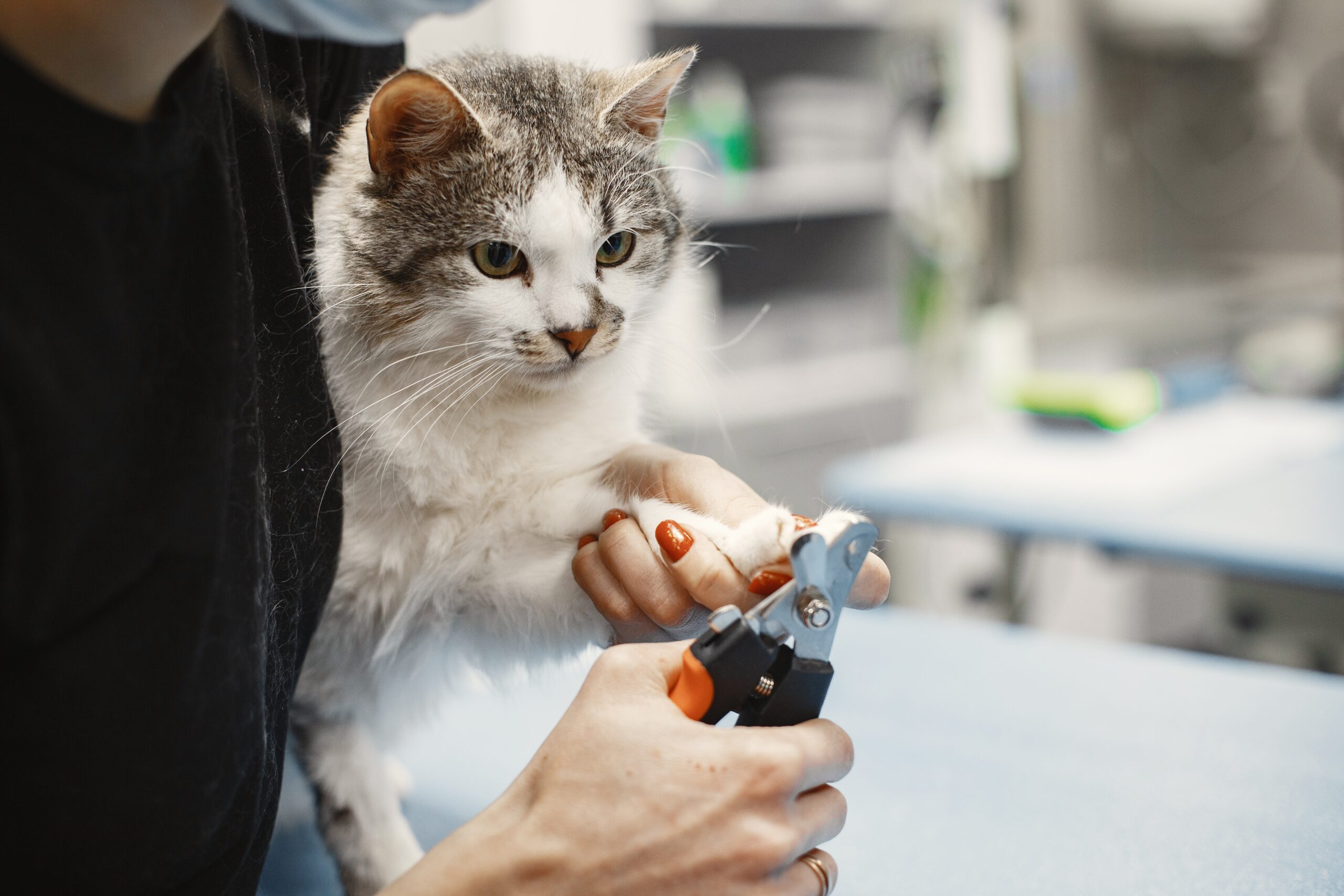The Safe Rise of CBD Products for Pets
CBD (Cannabidiol) products for pets are becoming increasingly popular among pet owners. It is widely believed that these products can offer a range of health benefits to pets. However, as a responsible pet owner, it is important to ensure that you are giving your pet safe and reliable products. This article will delve into the world of CBD products for pets exploring their safety and efficacy and benefits.
What are CBD products for pets?
CBD is a natural compound that is found in cannabis plants. Unlike THC, which is the compound responsible for the “high” associated with cannabis, CBD does not have any psychoactive effects. CBD products for pets are derived from hemp plants, which contain very low levels of THC. These products are available in various forms, including treats, tinctures, and topical products.
The benefits of CBD products for pets
CBD products for pets are believed to offer a range of health benefits. Some of these benefits include:
- Pain relief: CBD is known to have pain-relieving properties and can help alleviate chronic pain in pets.
- Anxiety relief: CBD has a calming effect on pets and can help reduce anxiety and stress.
- Anti-inflammatory properties: CBD can help reduce inflammation and swelling in pets, making it a useful treatment for conditions such as arthritis.
- Anti-seizure properties: CBD has been shown to have anti-seizure properties and can help manage seizures in pets.
Are CBD products for pets safe?
CBD products for pets are generally considered safe, provided they are derived from high-quality hemp plants and are given in the correct dosage. However, it is important to note that there is still limited research on the safety and efficacy of CBD products for pets. As with any new treatment, it is always a good idea to speak to your veterinarian before giving your pet CBD products.
It is also important to ensure that you are buying high-quality CBD products for your pets. Look for products that have been third-party tested for purity and potency. Additionally, make sure that the product you choose is specifically formulated for pets and contains only natural ingredients.
Final thoughts
CBD products for pets are becoming increasingly popular among pet owners, and for good reason. They offer a range of potential health benefits and are generally considered safe when used correctly. However, it is important to speak to your veterinarian before giving your pet CBD products, and to ensure that you are buying high-quality, natural products that have been third-party tested for purity and potency. With the right products and dosage, CBD can be a safe and effective treatment option for a range of pet health conditions.




